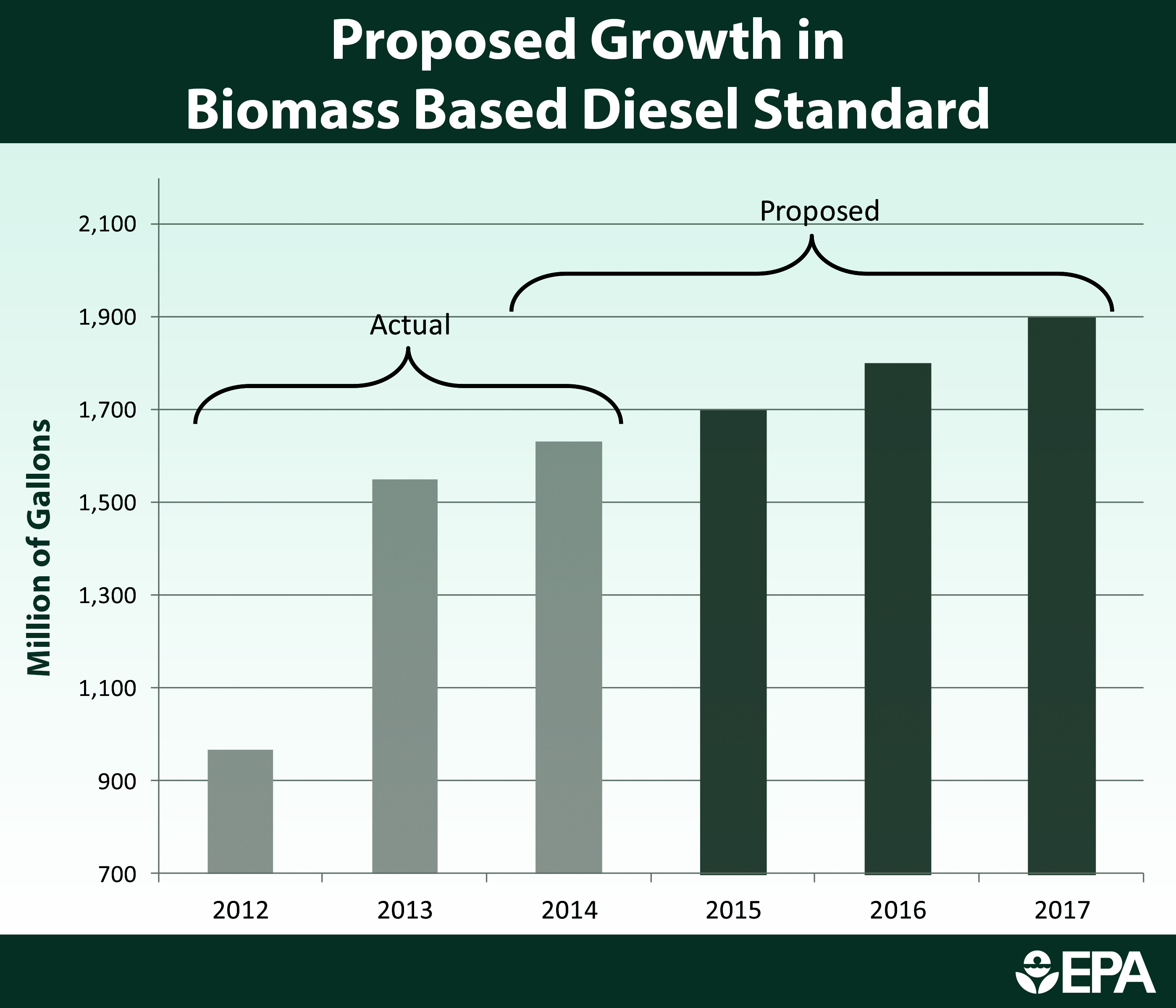REC @ 25: Looking Back and Looking Ahead
I was recently a part of the official U.S. Delegation at a ministerial event celebrating the 25th Anniversary of the Regional Environmental Center (REC) for Central and Eastern Europe in Budapest, Hungary. I also had the honor to represent President George H.W. Bush at the REC’s opening ceremony in Budapest on a beautiful warm and sunny day in September 1990.

Hungarian President Janos Ader meets with EPA Acting Assistant Administrator Lek Kadeli, former EPA Administrator William Reilly, U.S. Ambassador to Hungary Colleen Bell, and others.
The importance of engaging environmental problems on a regional scale was underscored by the issues that Central and Eastern Europe confronted in the early 1990s. Enacting new laws, setting new standards for air and water pollution, beginning to listen to non-governmental groups, creating forums for consulting citizens—all of these were novel in the immediate post-Soviet era, and every democratically elected government had to learn how to implement them.
There was nothing simple or inevitable about the environmental commitments made and implemented among these countries trying to find their footing economically and politically. Leaders had to believe the environment was important and that environmental standards and laws would not impede economic growth. And while none of the problems faced in the early 1990s have disappeared, they have been managed and the environment is indisputably superior by all metrics.
Still, each generation must commit anew and reaffirm the rationale for environmental protection, including setting priorities together with neighboring countries. The political and environmental landscape of the region today does not display the same euphoria that we felt in 1990 after the Berlin Wall fell, but the transition has been remarkably successful. And just as the experience of engaging with similarly challenged officials from neighboring countries was a REC objective, so today it remains important.
When I spoke as head of the U.S. Delegation to the Earth Summit in Rio in June 1992, I chose to make the environmental commitments and achievements of the countries of Eastern Europe my principal theme. It was frankly the most significant and promising environmental success story of the decade. And the REC played an important unifying part in that story.
The REC has realized the hopes and aspirations of its founders and benefactors who are justly proud of its achievements and now celebrate its 25th Anniversary.
William K. Reilly worked under President George H. W. Bush (1989–1993) as the sixth administrator of EPA. While leading EPA, he initiated a program of environmental assistance to the countries of Eastern Europe as they established new environmental laws and institutions after the fall of the Berlin Wall, and he persuaded then-President George H.W. Bush to propose and fund the REC.













